#Japanese comedy
Explore tagged Tumblr posts
Text




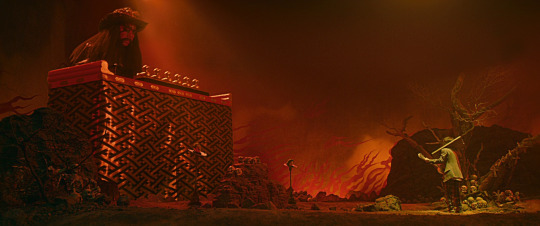





Too Young to Die! (2016) 『 Too Young to Die! 若くして死ぬ 』
Written & Directed by Kankurō Kudō 宮藤 官九郎
#too young to die!#oo Young to Die! 若くして死ぬ#kankuro kudo#宮藤 官九郎#cinema#film#japan#japanese film#japanese comedy#comedy#rock and roll#heavy metal#hell#horror comedy#horror#japan film club#Tomoya Nagase#長瀬 智也#Ryunosuke Kamiki#神木 隆之介
5 notes
·
View notes
Text
032: Tetris the Grand Master, or how Street Fighter and Japanese comedy changed Tetris forever

CANON FIRE is made possible by the generous contributions of readers like you. Support more writing like this on Patreon. Thank you!
When you think of Tetris you probably think of Game Boy Tetris, the NES World Championship, or maybe even Tetris DS. What you probably don't think of is Street Fighter, or Japanese comedy. But that's exactly the lineage that led to the creation of Tetris the Grand Master.
TGM is now known for its ludicrous speeds and intense difficulty, but despite its reputation, it's also the origin of several features that would make Tetris easier to play, and a crucial step in the development of modern tetris.

Let's rewind a bit. Before we talk TGM, we need to talk SEGA. While Nintendo's Tetris games hold the mindshare in here, SEGA's arcade Tetris set the standard in Japan. Key to this was the introduction of Lock Delay, a mechanic which gives you a few moments to continue moving the pieces after they've hit the stack (1). SEGA Tetris can feel stiff and archaic to people familiar with modern games, but additions like this made it the definitive game for a generation of Japanese arcade players.
That was definitely the case for Ichiro Mihara, the now vice president of Arika, and producer on the Street Fighter EX series. Arika itself was founded Akira Nishitani--designer of Final Fight and Street Fighter 2--and Akira Yasuda, aka Akiman--key artist on several Capcom projects.

This fighting game lineage definitely made it into Tetris the Grand Master, which initially began life as a competitive game intended to be a collaboration with manzai comedy duo Downtown. As part of Downtown no Gottsu Ee Kanji, a Japanese variety show starring the duo, they'd run a segment where they'd challenge guests to compete in a game of Tetris. Inspired by this, Mihara felt he could create a more competitively focused Tetris, and his team began work on a new title. (2)
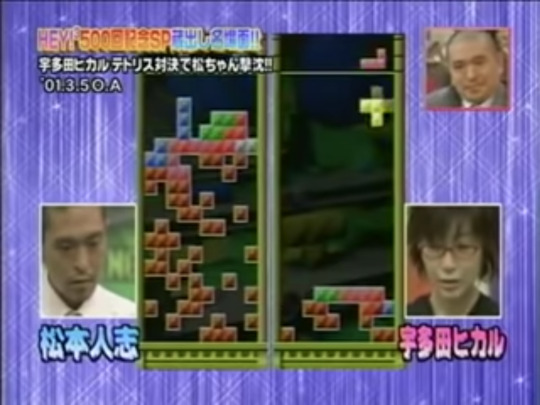
Described as having a "Parappa style aesthetic" with 2D anime style characters in a 3D environment, the game featured high speed play and items you could use to interfere with your opponent. Seeing the difficulty in differentiating the game from similar titles, they pitched a collaboration to Downtown, but they received feedback from them that adding too much might complicate the simplicity that made Tetris work so well.
Unfortunately, complications with the show's sponsor led to the end of the show, and the project was shelved soon after. Months later Mihara would return to the project, overwhelmed with desire to continue making a Tetris game.
Mihara's aim was to surpass SEGA Tetris, which he saw as the current peak of the game. The focus on speed and precision remained from it's incarnation as a competitive game, but several additions made it more palatable for beginners as well. Thanks to feedback from one of the Arika office ladies, Tetris the Grand Master implemented a new Wall Kick system. Previously, if rotating near a wall would cause a piece to collide with it, rotation would be blocked, as if the wall had physically interfered with it. With the new rotation system, the piece could now "kick" off the wall, and be moved a unit over to make rotation possible. This also had the side effect of making advanced techniques like T-Spins easier to perform (3).
Wall Kicks, alongside the Initial Rotation System (allowing you to rotate pieces before they enter the play field), and the Temporary Landing System (aka the ghost piece, which shows a preview of where your piece will land), led to more intuitive play for beginners, and raised the skill ceiling for technical play.

Many of these features would be integrated into future titles, such as Capcom's own Disney themed versus title--Magical Tetris Challenge--which credits Arika for the use of the ghost piece. The Tetris Company integrated TGM's ideas into the Tetris Guidelines, a "minimum spec sheet" for licensed Tetris titles, allowing players to easily move between various iterations of the game. Nearly every Tetris since 2001 has used the guideline, making TGM a major contributor to the shape of Tetris over the last two decades.

Ironically, it seems that those same guidelines may have been what kept the series from wider exposure. Tetris the Absolute: The Grand Master 2, often considered the peak of the series, had several deviations from the standard, including the Sonic Drop, which behaves similar to Hard Drop, allowing you to drop them instantly to the stack, but move them for a moment before they lock into place. Combined with a locking soft drop, thus enabled techniques like the Zangi-move, where you drop a piece to the the bottom then slide and lock it into place, but doing a circular motion, not unlike the motion for doing Zangief's command grab in Street Fighter.

By the time the sequel came out--Tetris the Grand Master 3: Terror Instinct--it was required to add a guideline compliant mode, and by Tetris the Grand Master ACE, the only game in the series made for a home console (4), the systems that made the series unique had been pushed more and more towards coming in line with the design of Guideline Tetris.
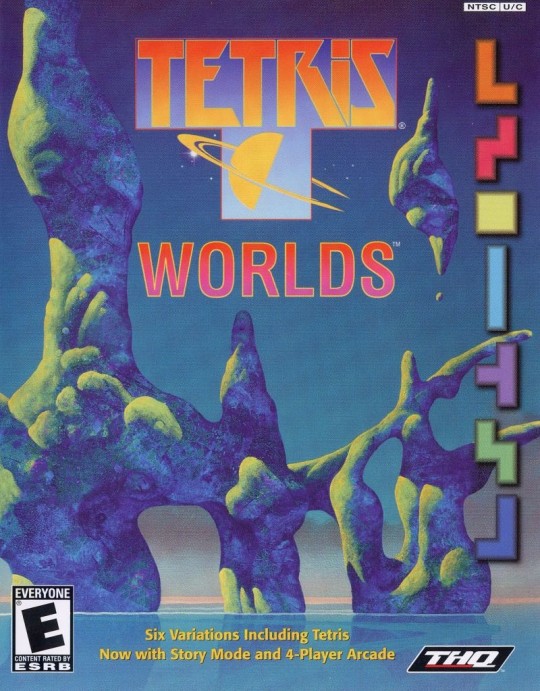
It's been speculated that the Tetris Company's reluctance to deviate from the guideline has kept the series from being re-released. Meanwhile, TGM has been developing a cult following internationally, gaining popularity among the Tetris community and building a larger awareness through demonstrations at events like Games Done Quick.
It took until 2022, nearly 25 years after its original release, for Tetris the Grand Master finally received an official port (5) through the Arcade Archives series. That was followed up this year with a port of Tetris the Absolute, finally making these cult classics widely available. The reasons why it’s now possible remain unclear, but perhaps Arika’s work on Tetris 99, and the relaxing of the Tetris Guidelines for Tetris Effect’s competitive modes helped move the needle in showing there was space for alternative Tetris experiences.
Whatever the reason, two major parts of Tetris history are finally available to a larger audience. Each is overflowing with technical nuances that I could never do justice, giving them a long term appeal that continues to this day. That's all before you get to the versus mode, which contains its own unique competitive ruleset. At the same time, their grading system gives you a tangible measure of improvement, and even casually remains an excellent way to strive towards improvement at Tetris.
As someone who developed a fighting game mindset from Puyo Puyo Tetris, it's easy to see the spirit of fighting games flowing through it. That strange magic that compels you to strive towards greater mastery, to show off your skills, it's all there. The Grand Master is a name that speaks to great ambition, but given its legacy, it's more than earned it.
Tetris the Grand Master and Tetris the Absolute Plus: The Grand Master 2 are currently available on Switch and PS4 through the Arcade Archives series. An arcade ROM to PSX conversion also exists for the first game.
---
Stack, the formal name for the collection of pieces already locked down.
This story comes from an interview series previously hosted on Arika's Japanese site. An archive of it is available here.
A T-Spin occurs when you rotate a T piece into a spot where it's locked on three sides, often used to clear a line.
TGM ACE was published on the Xbox 360, but only in Japan.
The game recieved an unofficial conversion to the Playstation, and obviously was available via arcade emulation.
#canon fire#tetris#switch#ps4#tgm#tetris the grand master#tetris the absolute#puzzle#street fighter#manzai#japanese comedy#street fighter ex#arika#capcom
45 notes
·
View notes
Text
POM! on a tree

I did not get the stance right: back leg first, then RUN AWAY.
2 notes
·
View notes
Text
M1 Grand Prix @Nonaka Miki (24.12.22)
#miki nonaka#nonaka miki#morning musume#hello! project#chel#nonaka miki translations#blog translations#12ki#hello! pro#japanese idol#morning musume 24#Mm24#12ki member#morning musume translations#hello project translations#morning musume blog translations#hello project blog translations#morning musume member#hello pro#japanese language#learn japanese#japanese#japan#japanese translation#idol#Idol translation#Mayurika#Japanese comedy#Comedy#M1 Grand rpix
1 note
·
View note
Text
Rakugo (Japanese art of comedic storytelling)
May I share some Japanese culture with you? I'm a huge nerd when it comes to Japanese culture and history, and I'm definitely going to bombard you with it in posts (^▽^).
During the Edo Period (1603–1868), Rakugo, the traditional Japanese storytelling art, evolved as a kind of entertainment for the common citizen. Initially, the mostly humorous monologues would be performed by a wide variety of entertainers, but over time, experts (now known as Rakugoa) began to emerge. Wearing a kimono, the storyteller sits still the entire time, portraying multiple characters and enacting various scenes using a fan and a hand towel as props. The role of the Rakugoka is to stimulate the audience's imagination by skillfully depicting the story's world, as they are unable to rely on costumes and scenery. The ochi, or "drop," is the punchline, and a successful performance depends on how well it is delivered. The name of the art comes from raku, which is another way to pronounce ochi.

Were you aware that Rakugo has even been the subject of manga and anime?
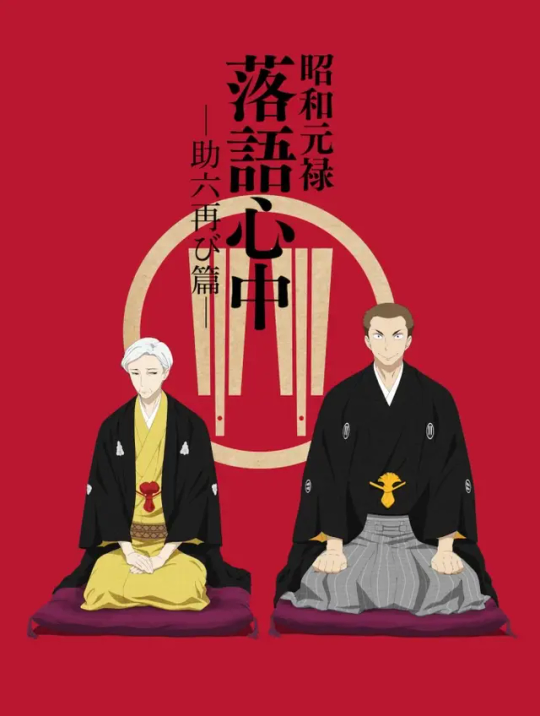
There's also a Japanese drama, Tiger and Dragon (which is on Netflix by the way) (〜^∇^)〜, that is hilarious and is a great deep dive into the world of Rakugo. (Also starring one of my favorite Japanese actors, Tomoya Nagase).

Below, I've included links to a few resources for you to review, including the Japanese drama and manga.
Akkerman, Stefanie. “Rakugo: The Traditional Japanese Art of Storytelling.” Japan Wonder Travel Blog, 8 Sept. 2022, blog.japanwondertravel.com/rakugo-japanese-storytelling-36260.
Nippon. ““Rakugo” (the Art of Storytelling).” Nippon.com, 1 Aug. 2015, www.nippon.com/en/features/jg00045/.
Tokyo, My Eyes. “Rakugo Has Been Pretty Consistent for the Last 400 Years but It’s Not as Static as We Might Think. It’s Changing and Evolving to Reflect the World around Us. | My Eyes Tokyo.” My Eyes Tokyo, 13 Feb. 2024, www.myeyestokyo.com/rakugo-has-been-pretty-consistent-for-the-last-400-years-but-its-not-static-its-changing-and-evolving-and-reflecting-the-world-that-is-around-us/.
Tiger and Dragon https://www.imdb.com/title/tt1731947/
Showa Genroku Rakugo Shinju https://www.imdb.com/title/tt5419278/
Manga about Rakugo https://www.anime-planet.com/manga/tags/rakugo
#anime and manga#japanese culture#japanese#shouwa genroku rakugo shinjuu#traditional japan#japanese comedy#japanese history#japanese drama#tomoya nagase#manga
1 note
·
View note
Text
youtube
コント55号(Conte 55) is a Japanese comedy duo formed in 1966 by 萩本欽一(Kin-ichi Hagimoto) and 坂上二郎(Jiro Sakagami).
The eccentric Hagimoto's character often confuses the ordinary Sakagami, and the intensity of Hagimoto's gestures is characteristic.
机(酒と健康について) …Desk(About of alcohol and health) is a sketch that led to their breakthrough, performed at first in 1966.
0 notes
Text
#Number_i "BON"
youtube
#youtube#number i#number_i#j-pop#j pop#music#japan#japanese#yuta jinguji#yuta kishi#sho hirano#japanese comedy
0 notes
Text
The low budget horrors are not what they seem.
One Cut of the Dead (Shin’ichiro Ueda, 2017)



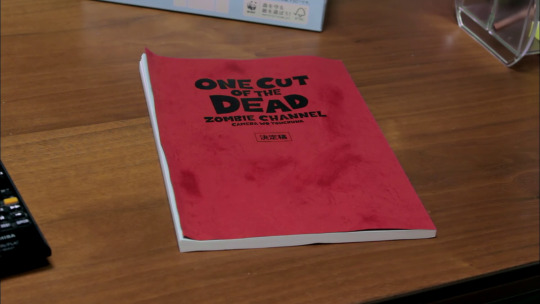
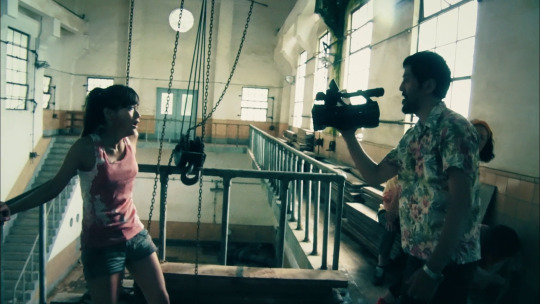

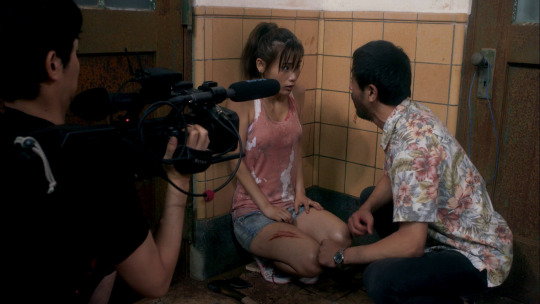

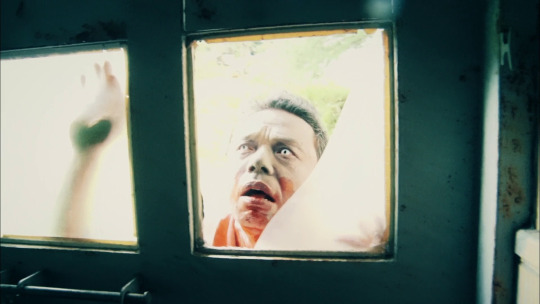

#japanese horror#shinichiro ueda#japanese comedy#metafiction#zombie movies#single take films#low budget horror
1 note
·
View note
Text



Women's Press Conference » 2024 Japanese Nationals
#kaori sakamoto#wakaba higuchi#mao shimada#figure skating#fskateedit#japanese nationals 2024#jnats 2024#off ice#misc: competition#cw flashing#kaori and wakaba are a comedy duo#mao looks so confused bless her heart#i want to gif the medal ceremony so bad but haven't come across any decent quality video#i'll stop spamming the tag for today lmao#still have a few requests to work through
313 notes
·
View notes
Text

Chiba Kazumasa — Paradise (inspired by Dante's "Divine Comedy") [watercolor paper, acrylic and pastel, on panel, 2018]
2K notes
·
View notes
Text

#the ring#samara#the ring samara#paranormal#2000s#2000s nostalgia#2000s aesthetic#00s#early 2000s#2000s emo#y2k#horror movies#horror#horror art#horror comedy#horror films#scary movies#horror movie#2000s horror#japanese#japanese horror#ringu#ringu 1998
709 notes
·
View notes
Text

Akuma-kun | S1.E6 | Kubi-Ningyo | 1966
#Akuma-kun#Shigeru Mizuki#horror#horror comedy#武良 茂#Kubi-Ningyo#yokai#cyclops#boo#practical effects#hammersmith horror#悪魔#tokusatsu#japanese monster#japanese horror
674 notes
·
View notes
Text
Yoshimoto Gion-Kagetsu @Nonaka Miki (24.10.25)
#miki nonaka#nonaka miki#morning musume#hello! project#chel#nonaka miki translations#blog translations#12ki#hello! pro#japanese idol#morning musume 24#Mm24#12ki member#rio sakurai#sakurai rio#Riley#16ki member#16ki#hello pro#hello project translations#morning musume translations#Kyoto#morning musume blog translations#morning musume member#japanese language#learn japanese#japanese#japan#japanese translation#Japanese comedy
1 note
·
View note
Text
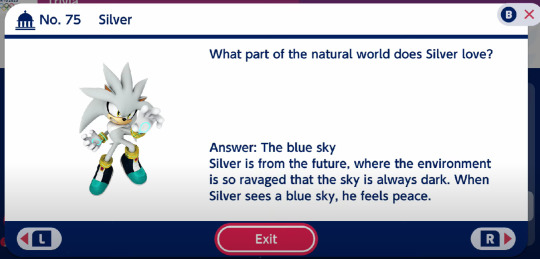



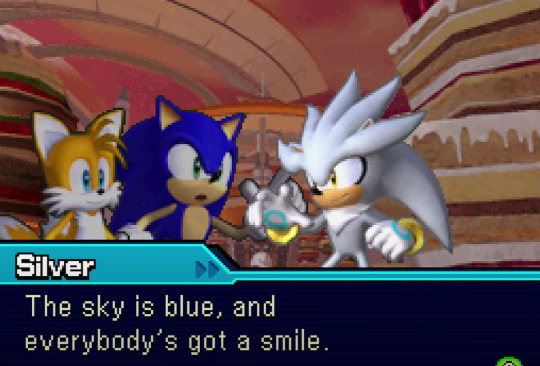

Thinking about Silver and the references to his love of (blue) skies 🔵☁️
#silver the hedgehog#sonic the hedgehog#Sonic Forces#Sonic colors DS#mario and sonic at the olympic games#Sonic 06#the last ones translated from the Japanese side of forces if anyones wondering why its diff from the english line#This all started because I was curious about the JP side of forces lol#also the text with silver and blaze is from Otherworld Comedy aka the 2023 calendar stories#its a very cute detail#if you wanna read the 2023 calendar i'll leave a link in the replies to a really great fan website that has them all translated into english
1K notes
·
View notes
Text
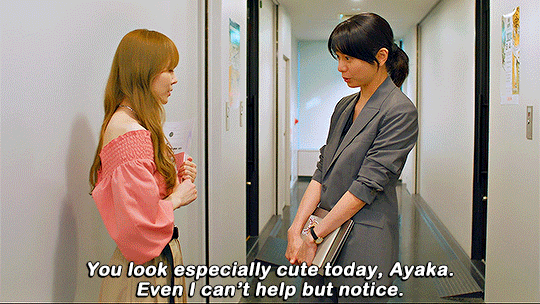

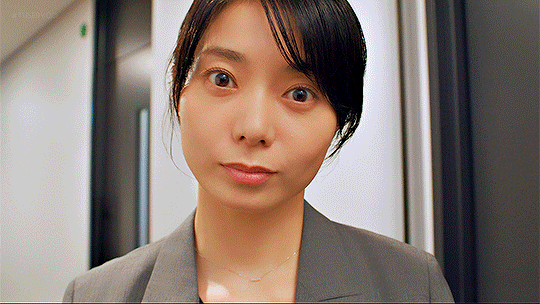




❝I'm being led on by an oblivious straight girl.❞
KATO SHIHO as AYAKA and MORI KANNA as HIROKO episode 1 of AYAKA IS IN LOVE WITH HIROKO
#ayaka is in love with hiroko#ayaka chan wa hiroko senpai ni koishiteru#japanese gl#wlw#kato shiho#mori kanna#彩香ちゃんは弘子先輩に恋してる#jp: ayaka is in love with hiroko!#this is particularly good for me bc you see#we had she loves to cook she loves to eat and that is super domestic and very adult in the sense that the conversations are mature#chaser game w was dramatic with one ex coming back to make her ex partner's life a hell (and failing miserably)#now this? this is pure japanese comedy#it reminds me of mr. unlucky has no choice but to kiss in some ways#and i mean i went in with no expectations but it's pretty cute and unserious#lesbians deserve to have nonsensical as well i love that#also kind of love that japan doesn't shy away from using the word lesbian too#bibi gifs
278 notes
·
View notes
Text
youtube
ドリフのクリスマスプレゼント(Drift's Christmas Present) was a variety show featuring The Drifters that aired as a special program during the Christmas season every December from 1982 to 1988.
A country boy, Santa Claus (志村けん Shimura Ken), is in a hurry to go deliver presents, but a late reindeer (加藤茶 Kato Cha) behaves in an un-reindeer-like manner and disobeys him. (1983)
0 notes